Spices and herbs, parts of various plants cultivated for their aromatic, pungent, or otherwise desirable substances. Spices and herbs consist of rhizomes, bulbs, barks, flower buds, stigmas, fruits, seeds, and leaves. They are commonly divided into the categories of spices, spice seeds, and herbs.
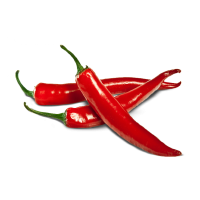
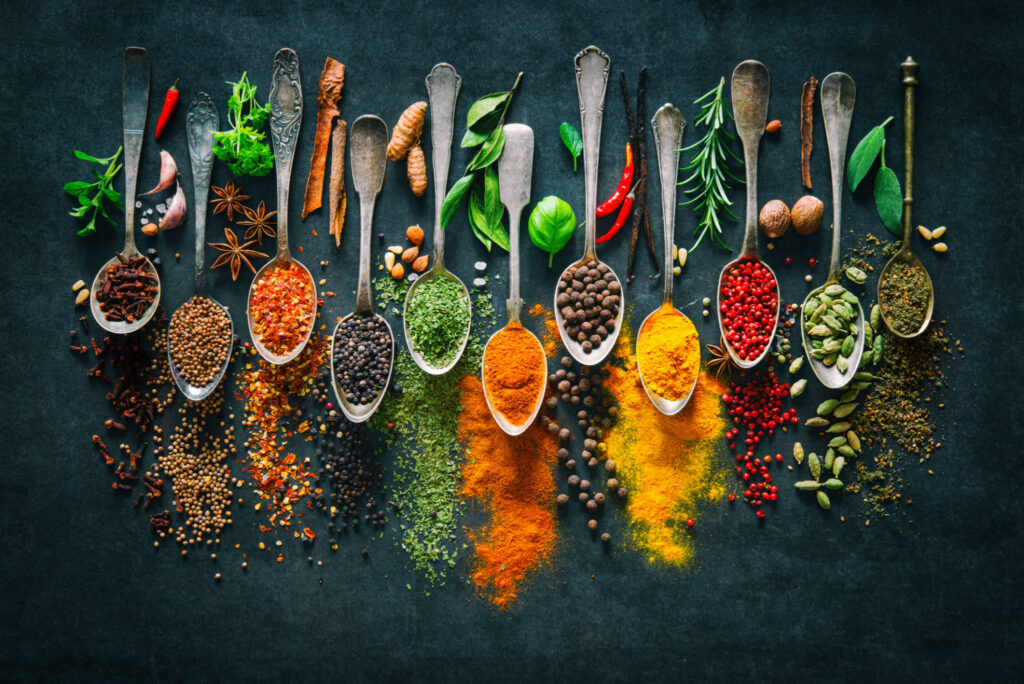
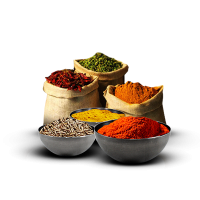
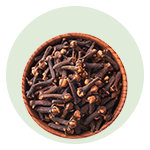
Clove(Syzygium aromaticum), tropical evergreen tree of the family Myrtaceae and its small reddish brown flower buds used as a spice. Cloves were important in the earliest spice trade and are believed to be indigenous to the Moluccas, or Spice Islands, of Indonesia
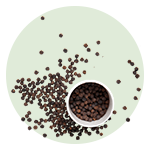
They become yellowish red at maturity and bear a single seed. Their odour is penetrating and aromatic; the taste is hot, biting, and very pungent. Ground black pepper contains up to 3 percent essential oil that has the aromatic flavour of Capsicum peppers but not the pungency
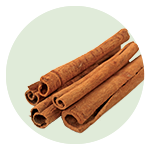
Cinnamon, is a bushy evergreen tree of the laurel family (Lauraceae) and the spice derived from its bark. The spice consists of the dried inner bark and has a delicately fragrant aroma and a warm sweet flavor.

Cardamom, also spelled cardamon, spice consisting of whole or ground dried fruits, or seeds, of Elettaria cardamomum, a herbaceous perennial plant of the ginger family (Zingiberaceae). The seeds have a warm, slightly pungent, and highly aromatic flavour somewhat reminiscent of camphor.
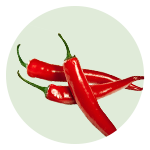
Chilli is the dried ripe fruit of the genus Capsicum. Capsicum annuum is an annual sub –shrub, the flowers of which are borne singly and fruits usually pendent, which provide red peppers, cayenne, paprika and chillies and sweet pepper (bell pepper) a mild form with large inflated fruits.

Star anise, dry fruits of the star anise tree (Illicium verum), used as a spice and source of pharmaceutical chemicals. The flavour and uses of the fruit are similar to those of anise (Pimpinella anisum), to which is it is unrelated. The volatile, aromatic essential oil is commonly used for flavouring candies, liqueurs, and perfumes. In the pharmaceutical industry, star anise is a major source of shikimic acid

Tamarind (Tamarindus indica) is a leguminous tree bearing edible fruit that is probably indigenous to tropical Africa. The genus Tamarindus is monotypic, meaning that it contains only this species.
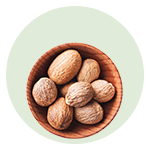
The spice nutmeg has a distinctive pungent fragrance and a warm slightly sweet taste; it is used to flavour many kinds of baked goods, confections, puddings, potatoes, meats, sausages, sauces, vegetables, and such beverages as eggnog.
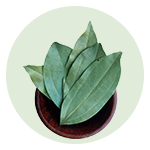
Bay Leaf or Laurel Leaf are dried leaves or an evergreen shrub or more rarely a tree attaining a height of 15 to 20 mtrs. The upper surface of the leaf is glabrous and shiny, olive green, and lower surface is dull olive to brown with a prominent rib and veins.
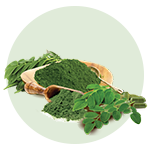
Rosemary is described as a woody, perennial herb that can become a bushy shrub. The leaves are evergreen and needlelike in shape, and they produce the essential oil that gives rosemary its characteristic scent. They are dark green on the upper side, and the underside has a dense covering of short, white, woolly hairs.
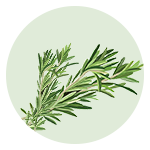
Lemon grass is a tropical herb of 3–6 feet length, leaves and twigs of this grass have essential oil, which has insect repellent activity. Leaves of this grass dried and stored for making tea, helps to cure many problems of stomach and anesthetic problems.
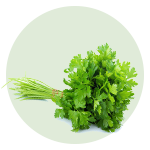
Coriander, (Corian drum sativum), also called cilantro or Chinese parsley, feathery annual plant of the parsley family (Apiaceous), parts of which are used as both an herb and a spice. Native to the Mediterranean and Middle East regions, the plant is widely cultivated in many places worldwide for its culinary uses.
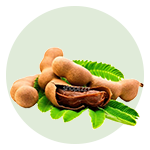
Rosemary is described as a woody, perennial herb that can become a bushy shrub. The leaves are evergreen and needlelike in shape, and they produce the essential oil that gives rosemary its characteristic scent. They are dark green on the upper side, and the underside has a dense covering of short, white, woolly hairs.
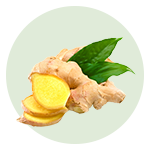
Rosemary is described as a woody, perennial herb that can become a bushy shrub. The leaves are evergreen and needlelike in shape, and they produce the essential oil that gives rosemary its characteristic scent. They are dark green on the upper side, and the underside has a dense covering of short, white, woolly hairs.